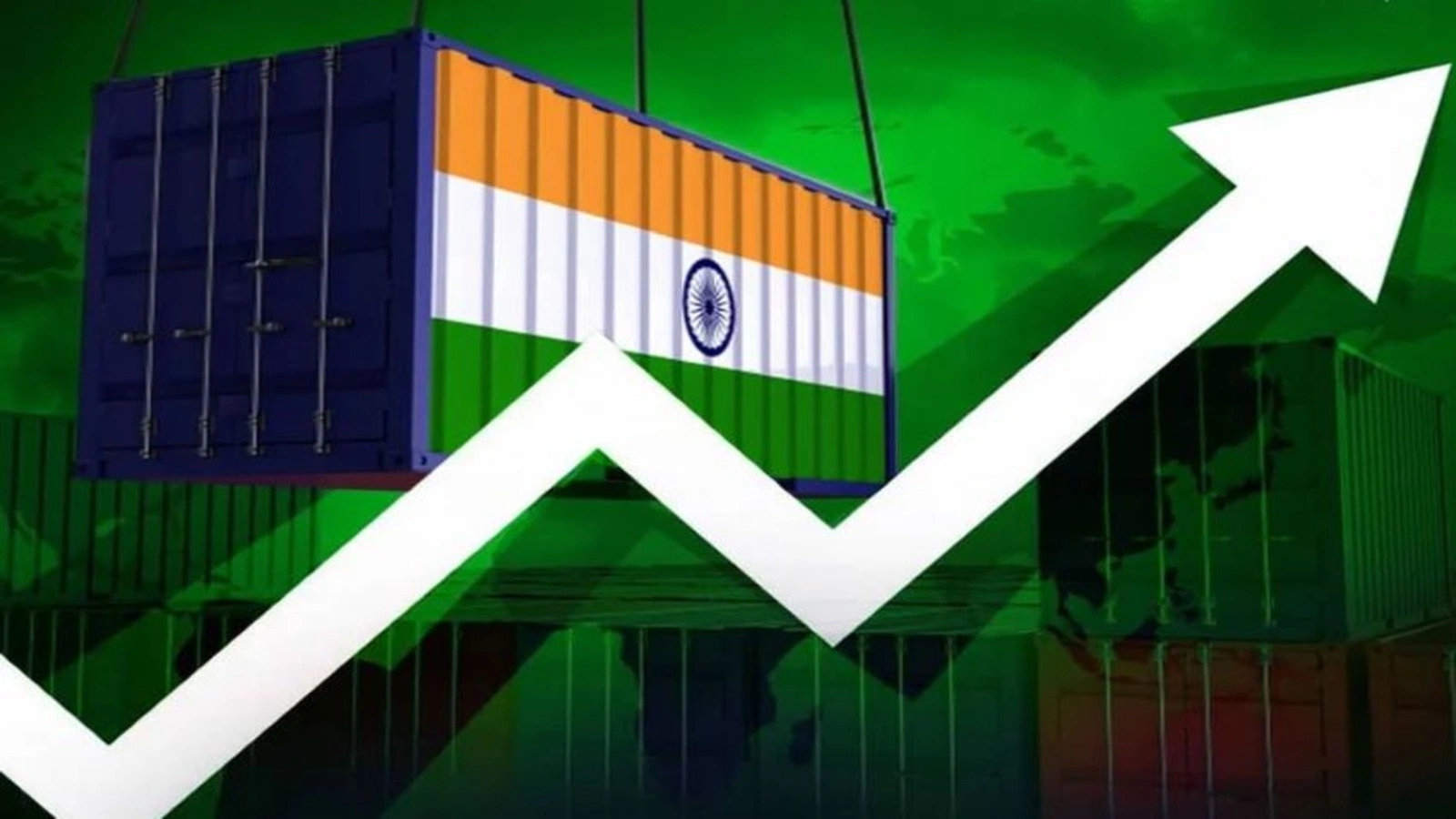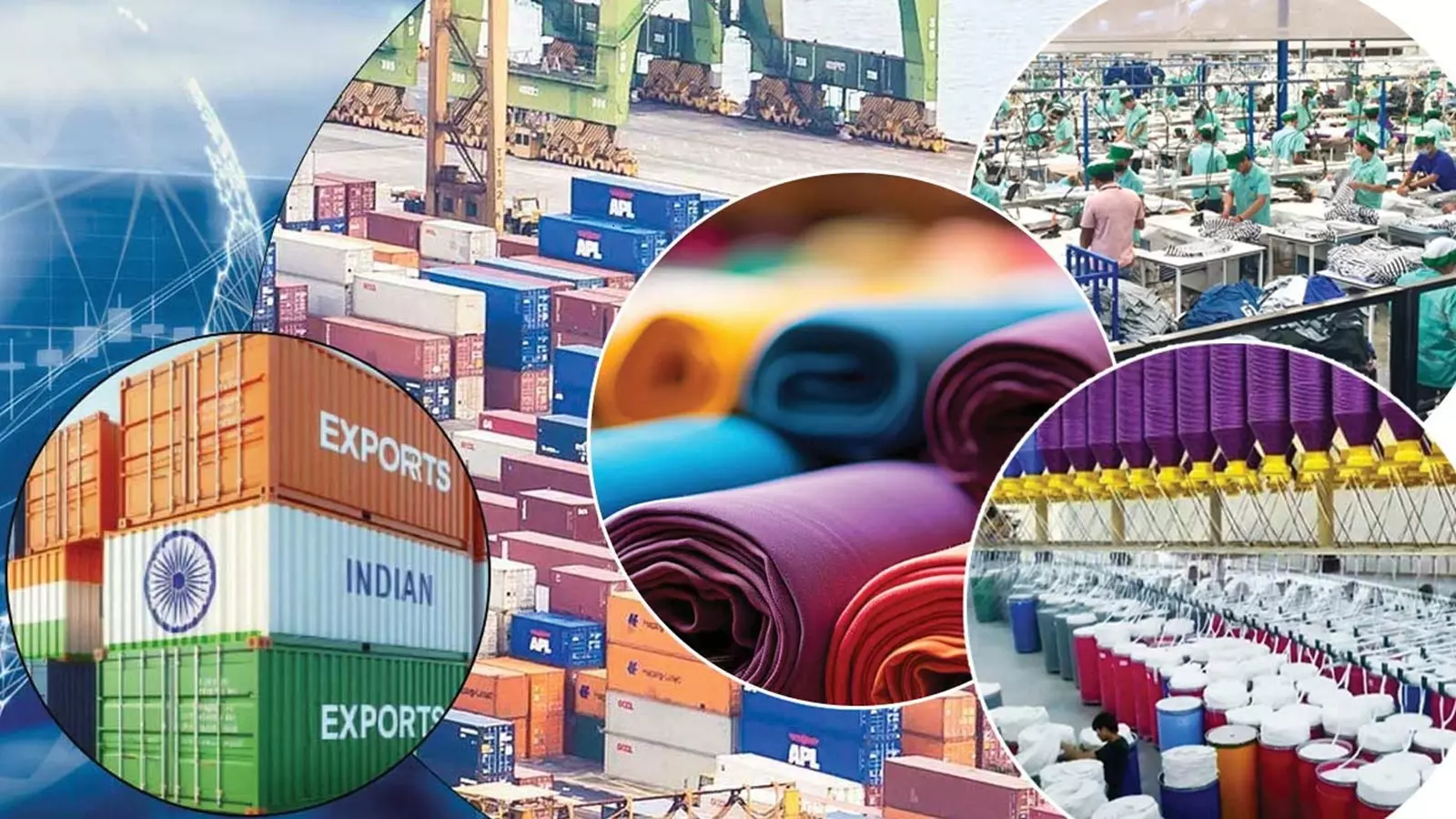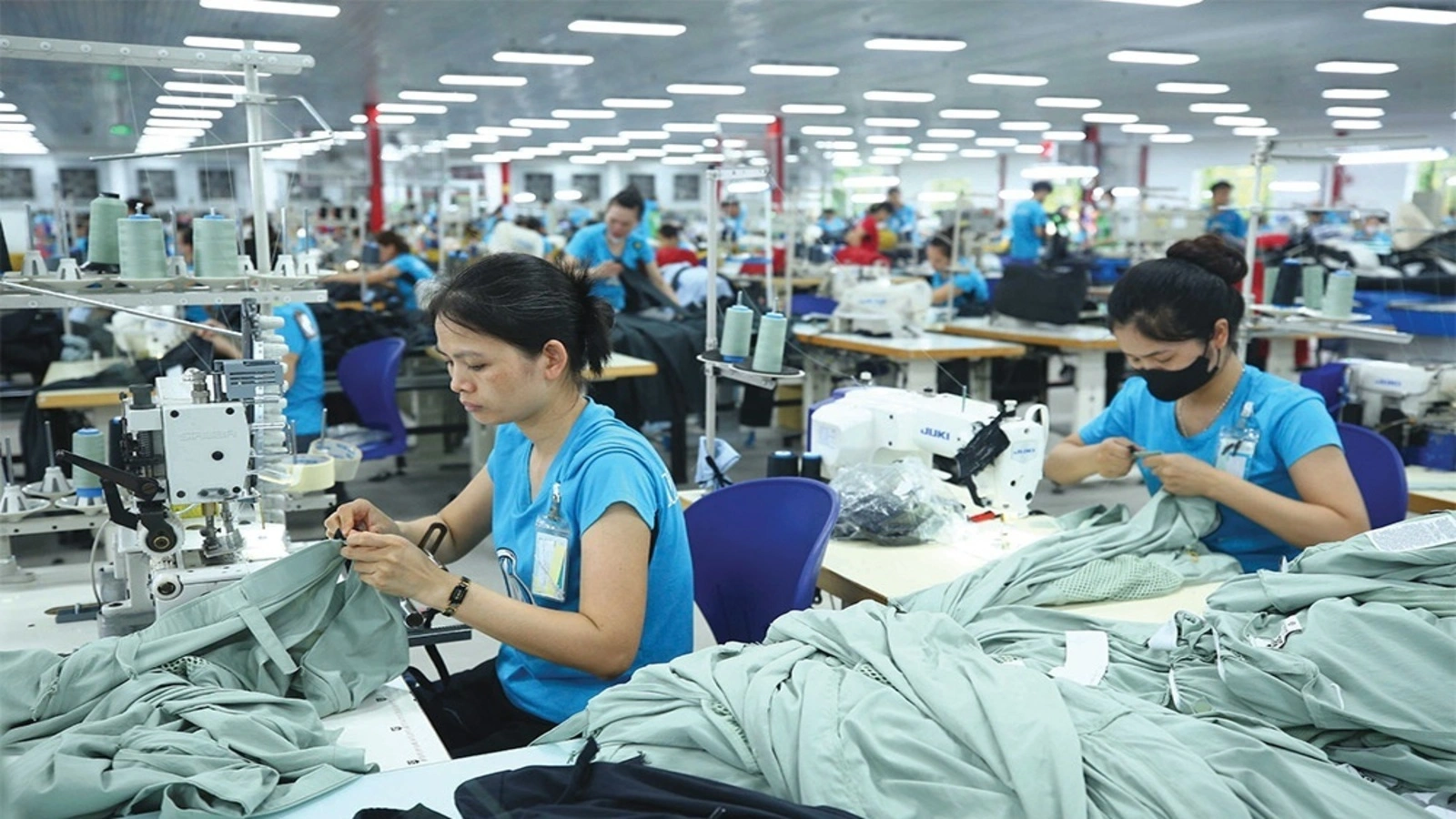Textile :recycling Giving Fabrics A Second Life
Share Post
Textile recycling is the process of recovering fiber, yarn, or fabric and reprocessing the material into new, useful products. Textile waste is a growing concern, with tons of clothing and fabrics ending up in landfills each year. Textile waste is split into pre-consumer and post consumer waste and is sorted into five different categories derived from a pyramid model. Textile recycling offers a solution by transforming old fabrics into new, usable materials. Textile recycling offers a sustainable solution by giving fabrics a second life. By making informed choices and supporting textile recycling initiatives, we can contribute to a more sustainable future for the fashion industry. There are three main methods for textile recycling: Mechanical, Chemical and Thermo mechanical.

Mechanical Recycling
Process: This method uses physical processes to break down used clothes into reusable fibers. Here's a simplified breakdown:

Sorting: Garments are sorted by fiber type (cotton, polyester, etc.) and color.
Shredding: Clothes are shredded into small pieces. In the mechanical recycling process for used garments, shredding is the initial step that breaks down the clothes into smaller pieces. Choosing the right shredder type and configuration plays a vital role in optimizing the entire recycling process and creating high-quality recycled materials from used clothing.
Cleaning: Impurities are removed from the shredded material.
Carding: Fibers are disentangled and aligned to form a uniform mat.
Spinning: The aligned fibers are spun back into yarn. Weaving/Knitting: Yarn is used to create new fabrics.
Advantages:
· Established technology, making it a more readily available option.
· Generally less energy-intensive than chemical recycling.
Disadvantages:
Fiber quality can be lower compared to virgin fibers. Recycled fibers are shorter and weaker, often requiring blending with virgin fibers for strength.
Limited to certain fiber types. Natural fibers like cotton can be mechanically recycled, but some synthetic blends are difficult to process.
Chemical Recycling
This method uses chemical reactions to break down used garments on a molecular level. Here's a simplified breakdown:
Sorting: Similar to mechanical recycling, garments are sorted by fiber type.
Dissolution: Clothes are dissolved in specific solvents to break down the polymers Preparation: Sorted used garments are prepped to remove any non-fibrous materials like buttons, zippers, or trims.
Preparation: Sorted used garments are prepped to remove any non-fibrous materials like buttons, zippers, or trims.
Selection of Solvent: A specific solvent (or a mixture) is chosen based on the target polymer type in the garments. For example, a common solvent for polyester recycling might be toluene. The solvent needs to effectively dissolve the polymer chains without damaging them.
Dissolution Process: The prepped garments are introduced to the solvent under controlled temperature and pressure conditions. This allows the polymer chains in the fibers to break down and dissolve into the solvent, forming a liquid solution.
Filtration (Optional): The resulting solution might be passed through filters to remove any undissolved impurities like dyes or dirt particles that weren't broken down by the solvent.
Purification:
Precipitation: This is the most common method for purification. A non-solvent (a substance that doesn't dissolve the target polymer) is added to the dissolved polymer solution. This triggers the polymer chains to precipitate out of the solution, forming solid particles. For example, isopropanol (isopropyl alcohol) might be used as a nonsolvent for a dissolved polyester solution.
Separation: The precipitated polymer particles are then separated from the remaining solvent and non-solvent mixture through processes like centrifugation or filtration.
Washing: The separated polymer particles might be washed further with clean solvents to remove any residual impurities that may have remained after precipitation.
Drying: The purified polymer is finally dried to remove any remaining solvent or moisture.
Repolymerization
Repolymerization, in the context of chemical recycling of textiles, refers to the process of converting purified, broken-down polymer chains from used garments back into usable polymers for creating new fibers.
Repolymerization is a powerful tool in chemical recycling that allows the creation of high-quality recycled materials from used garments. As the technology advances and becomes more affordable, it has the potential to play a significant role in creating a more sustainable textile industry.
Advantages:
Can potentially produce higher quality recycled fibers with properties closer to virgin fibers.
Offers the possibility of recycling a wider range of fiber types, including blends.
Disadvantages:
A relatively new technology, with ongoing development and higher costs.
Chemical processes can have a higher environmental impact compared to mechanical recycling if not managed carefully.
Choosing Between Mechanical & Chemical Recycling
The best approach depends on the specific situation. Here are some factors to consider:
· Fiber Type: If the garments are made from natural fibers like cotton, mechanical recycling might be a good option. For synthetic blends or garments requiring higher-quality recycled materials, chemical recycling might be a better choice (if available).
· Technology Availability: Mechanical recycling is currently more widely available.
· Environmental Impact: Both methods have environmental considerations. Choose the option that aligns best with your sustainability goals.
The ideal scenario involves a combination of both methods, along with advancements in technology to improve the efficiency and sustainability of both processes. This will allow for a more comprehensive approach to textile waste reduction and a more circular economy for clothing.
Thermo-Mechanical Recycling
Thermo-mechanical recycling is a process that combines heat and pressure to recycle old fabric, particularly synthetic ones like polyester and nylon, into new materials. Here's a breakdown of the process:
1. Preparation: The old fabric is first sorted, cleaned, and shredded into small pieces. This ensures uniformity and removes any contaminants that might affect the recycling process.
2. Melting: The shredded fabric is then fed into a machine that applies both heat and pressure. This causes the synthetic polymers in the fabric to melt, forming a molten plastic-like material.
3. Filtration: The molten material may be passed through filters to remove any impurities or undigested fiber fragments.
4. Extrusion:The clean molten plastic is then extruded through a mold or spinneret. This shapes the recycled material into new fibers, pellets, or flakes.
5. Solidification: The extruded material is cooled and solidified to create the final product, ready for use in new applications.
Advantages of thermo-mechanical recycling:
· Relatively less energy consumption compared to some other recycling methods.
· Produces high-quality recycled material that can be used in various applications.
· Can be a closed-loop process, where recycled material is used to create new textiles, reducing reliance on virgin resources.
Limitations of thermo-mechanical recycling:
· Not suitable for all fabrics: Natural fibers like cotton or wool and some synthetic blends cannot be processed using this method.
· May cause some downgrading in the quality of the recycled fibers compared to virgin material.
Thermo-mechanical recycling is a promising technology for diverting textile waste from landfills and creating a more circular economy for textiles. However, ongoing research and development are needed to improve the efficiency of the process and make it applicable to a wider range of fabric.
Innovative closed-loop recycling technologies
Beyond the established methods of mechanical and chemical recycling, there are innovative closed-loop recycling technologies emerging that aim to improve efficiency, tackle new materials, and create a more sustainable textile industry. Here are a few examples:
Enzyme-based recycling:
· This technology utilizes enzymes, biological catalysts, to break down specific polymer chains in used garments. Enzymes offer a more targeted approach compared to harsh chemicals used in traditional chemical recycling.
Benefits:
· Potentially more environmentally friendly process compared to traditional chemical methods.
· Can be tailored to deconstruct specific types of polymers, enabling better recycling of blended fabrics.
Challenges:
· Enzyme technology is still under development and can be expensive.
· Identifying the right enzymes for different types of fibers requires ongoing research.
Garment-to-Garment (G2G) Recycling:
Process and System
The Garment-to-Garment (G2G) recycling process is amethod for transforming used clothes into entirely new garments. It's a more
sustainable alternative to traditional textile recycling, which can sometimes turn old clothes into nonclothing items like insulation. This is how the G2G process is broken down:
Process:
1. Collection: Used garments are collected through various channels like donation drives, clothing swaps, or directly from consumers.
2. Sorting: Clothes are sorted based on factors like material type, color, and condition. This helps determine if they're suitable for G2G recycling.
3. Sanitization: Collected garments undergo a thorough cleaning process to eliminate bacteria and other contaminants. Common methods include ozone treatment or UV irradiation.
4. Disassembling: Items are disassembled, removing buttons, zippers, and other non-fibrous components.
5. Shredding: Clothes are shredded into smaller pieces using specialized machinery. Dust and impurities may be removed during this stage.
6. Cleaning & Separation: The shredded material is further processed to separate usable fibers from any remaining dirt, debris, or non-fibrous materials.
7. Carding: The cleaned fibers go through carding machines, which align and straighten the fibers into a uniform sheet-like structure.
8. Drawing (Optional): Multiple carded fiber sheets might be combined and passed through a drawing machine to further refine and strengthen the fibers.
9. Spinning: The aligned fibers are converted back into yarn by twisting them together. The yarn thickness and properties can be controlled depending on the desired outcome.
10. Knitting or Weaving: The newly created yarn is used to knit or weave fabric for new garments. This can be done using traditional or automated machinery.
11. Finishing: The newly created fabric undergoes finishing processes like dyeing or calendaring to achieve the desired aesthetics and functionality.
12. Garment Manufacturing: The finished fabric is used to create new garments through cutting, sewing, and assembling processes.
Systems:
There are two main systems involved in G2G recycling:
· Industrial-scale facilities: These are large-scale operations with advanced machinery capable of processing significant volumes of used clothing. They are designed for high efficiency and usually cater to large clothing brands or textile manufacturers.
· Miniaturized systems: These are smaller, more compact systems designed for on-site processing or smaller-scale operations. They may be more suitable for local communities or independent designers looking to incorporate recycled materials into their products
. Challenges and Considerations:
· Technology: G2G recycling technology is still evolving, and the machinery involved can be expensive.
· Material limitations: Not all used clothes are suitable for G2G recycling. Heavily damaged fabrics or blends with different fiber types can be difficult to process.
· Color sorting: Sorting for color compatibility can be a challenge, especially with large volumes of clothing.
· Scaling up: Expanding G2G recycling to meet the massive demand in the textile industry requires further development and infrastructure investment.
Benefits:
· Reduces textile waste: G2G recycling offers a sustainable solution for diverting used clothes from landfills.
· Lowers environmental impact: By reusing existing materials, G2G helps reduce the environmental footprint associated with virgin fiber production, including water and energy consumption.
· Promotes circular economy: G2G recycling creates a closed-loop system for textiles, minimizing reliance on new resources.
· Offers unique design opportunities: Using recycled materials can lead to innovative and upcycled clothing designs.
Overall, G2G recycling offers a promising approach for a more sustainable fashion industry. As the technology advances and becomes more affordable, we can expect to see this method play a more significant role in the future of clothing production.
Reasons to choose recycled cloths
Environmental Benefits: Reduces reliance on virgin resources, lowers water and energy consumption, and keeps textile waste out of landfills.
Sustainable Choice: Contributes to a more circular fashion industry where resources are used efficiently and waste is minimized.
Style and Uniqueness: Recycled clothing offers a chance to find unique
and stylish pieces that may not be readily available elsewhere.
Market demand of recycled cloth
The market demand for recycled cloth is growing steadily and is expected to continue on this trajectory.
Market Size and Growth: The global recycled textile market is estimated to reach $8.32 billion by 2030, up from $5.61 billion in 2023, with a Compound Annual Growth Rate (CAGR) of around 5.8%.
Driving Forces:Several factors are fueling this growth:
· Environmental Awareness: Consumers are increasingly concerned about the environmental impact of the fashion industry. Textile production uses vast amounts of water, energy, and chemicals, and discarded clothing ends up in landfills, taking hundreds of years to decompose. Recycled clothing offers a more sustainable alternative .
· Rise of Eco-Conscious Brands: Many fashion brands are incorporating recycled materials into their collections. This caters to the growing demand for sustainable products and helps improve their environmental footprint.
· Technological Advancements: Recycling technologies are becoming more efficient, allowing for higher quality recycled fibers and a wider variety of recycled fabrics. This makes recycled clothing more attractive to consumers who might have previously associated it with being less stylish.
· Unique Design Potential: Recycled materials can be used to create unique and innovative designs. Up cycled clothing, for instance, takes pre-consumer or post-consumer waste and transforms it into new garments, often with a one-of-a-kind aesthetic.
· Government Regulations: Some governments are implementing regulations to promote textile recycling and reduce textile waste.
Consumer Preferences: There's a growing demand for eco-friendly products, and recycled clothing aligns with this trend. Consumers are also becoming more open to unique aesthetics, which upcycled clothing made from recycled materials can offer.
Challenges
Limited Availability: Recycled clothing options may not be as widely available as traditionally produced garments, especially in mainstream stores.
Price Point: While becoming more competitive, recycled clothing can sometimes still be slightly more expensive than its non-recycled counterparts.
Quality Perception: There's a misconception that recycled clothes are less durable or stylish. This perception is gradually changing as the quality of recycled materials improves.
Sustainable Textiles
Sustainability refers to the ability to maintain a certain situation or process over a long period. Textile production consumes vast amounts of water, energy, and chemicals, and discards from fast fashion trends end up in overflowing landfills. Sustainability in textiles is emerging as a powerful movement, aiming to transform the industry into a more responsible and eco-friendly space.
Need for Sustainable Textiles
The environmental impact of traditional textile production is undeniable:
Resource Depletion: Growing cotton, a popular fabric, requires significant water usage. Chemical dyes and finishing processes further pollute waterways.
Pollution Problems: Synthetic fabrics like polyester often shed microplastics during washing, polluting our oceans and harming marine life.
Landfill Overload: Fast fashion trends lead to mountains of discarded clothing, taking centuries to decompose in landfills and releasing harmful methane gas.
Benefits of Sustainable Textiles
Sustainable textiles offer a win-win situation.It benefits the environment by reducing resource consumption and pollution, promotes a circular economy that benefits businesses, and encourages mindful consumption habits among consumers.
Environmental Benefits:
· Reduces resource consumption: Manufacturing new textiles requires a lot of water, energy, and raw materials like cotton. Recycling uses significantly less, lessening the industry's environmental footprint.
· Combats pollution: Synthetic fabrics often come from plastic. Recycling them diverts plastic waste from landfills and reduces the need for virgin plastic production, which can be a major polluter.
· Lowers carbon footprint:Recycling uses less
energy compared to virgin material production, leading to fewer greenhouse gas emissions.
Economic Benefits:
· Circular economy: Recycling keeps textiles in use for longer, creating a closed-loop system where waste is minimized and resources are maximized.
· Cost savings: Using recycled materials can be cheaper than virgin materials for manufacturers, potentially leading to lower consumer prices.
· Job creation: The textile recycling industry creates new jobs in collection, sorting, processing, and manufacturing recycled materials.
Social Benefits:
· Reduces textile waste: Landfills are overflowing with discarded clothes. Recycling diverts textiles from landfills, minimizing the environmental and social problems associated with overflowing landfills.
· Promotes ethical consumption: By giving clothes a second l ife, we encourage responsible consumerism and move away from fast fashion trends.
A Sustainable Future for Fashion
Sustainability in textiles is not just a trend; it's a necessity. By embracing recycled materials, organic fabrics, and mindful consumption habits, we can collectively weave a greener future for fashion. Let's transform the industry into a responsible trendsetter, leaving a positive mark on both style and the environment.
04:29 PM, Sep 27
Source : Textile :recycling Giving Fabrics A Second Life
Other Related Topics

Rieter Issues Market Update on Completion of Barmag Acquisition
10:33 AM, Dec 20











